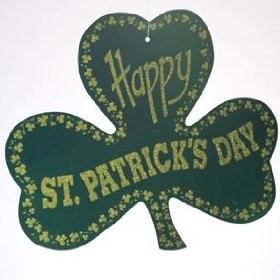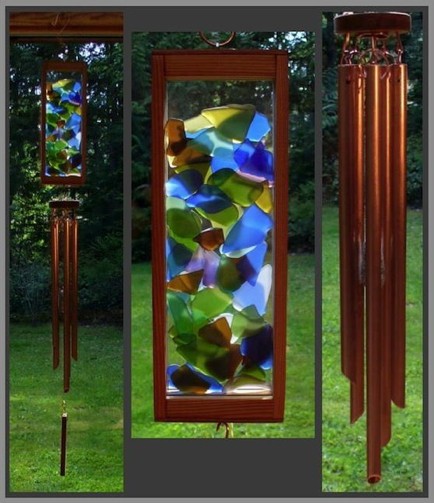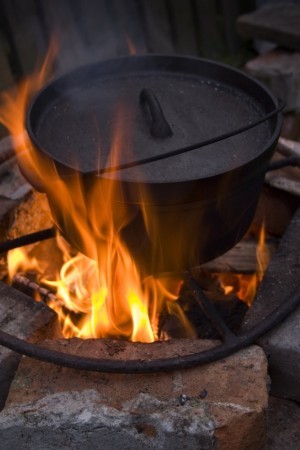Wine Decanters and a Wine Funnel or a Vinturi-type Wine Aerator

What does a wine aerator do? Do you need to aerate wine? Why? Do you just aerate red wine, or should you aerate white wine too? What is the best way to aerate wine, should you use wine decanters and a wine funnel, or one of the new pour-flow wine airators like the Vinturi or Vino2 aerators? And what about wine carafes, can they be used for aerating wine?
With the growing popularity of wine aerators, you may have some of these questions yourself. Most wine lovers have heard the expression, "you should let wine breathe," but an understanding of what this really means will help will help you better understand the process of aerating wine.
Why aerate wine, (let wine breathe)?
Aerating wine simply means to mix air with the wine. Traditionally this was done with wine decanters and a wine funnel. When you aerate wine, there are two immediate effects;1) the wine molecules are stimulated by the movement and the wine warms up slightly,
2) air molecules mix with the wine molecules.
Both effects allow the molecules to expand, releasing more of the wines fragrance, also the air molecules will bind with some of the wine molecules, which will soften the flavor of the wine. Especially wines with high tannin levels like a Cabernet Sauvignon, Port, or Bordeaux. Aerating red wine also gets rid something you may have heard referred to as "bottle stink", this is the smell caused by the release of the air trapped in the bottle when it was first corked at the vintners.
Technically speaking ...
Allowing air molecules to bind with tannin, (an astringent polyphenol molecule that gives the wine a "dryness" or "pucker" effect), and sulfite, (used to stop fermentation of, and to preserve, the wine), molecules in the wine appears to soften the harshness of flavor they cause. Aerating wine is also thought to soften the effects of mercaptans, (molecules of the Alcohol group, also known as wine faults), in the wine.
Types of wine aerators and wine aeration
Pour-through Vinturi wine aerators: Pour-through wine aerators like the Vinturi Essential or Vino2 models use something known as the Bernoulli principle to produce a much more vigorous mixing affect. This means that as the wine flows from the larger top "bowl", (the chamber you are pouring the wine into), of the aerator, into the more narrow channel of the aerator, the velocity of the wine increases. This causes a suction-effect. There is a small air-hole channel in the wine aerator that allows this suction to pull in air and mix it with the wine as it is speeding through the narrow channel. As the wine exits the bottom of the wine aerator it is now a more turbulent type of flow that also allows for further aeration. This combined process is the quickest way to aerate wine, and allows you to pour directly into a wine glass or wine carafes.
Pour-through wine aerators like the Vinturi Essential or Vino2 models use something known as the Bernoulli principle to produce a much more vigorous mixing affect. This means that as the wine flows from the larger top "bowl", (the chamber you are pouring the wine into), of the aerator, into the more narrow channel of the aerator, the velocity of the wine increases. This causes a suction-effect. There is a small air-hole channel in the wine aerator that allows this suction to pull in air and mix it with the wine as it is speeding through the narrow channel. As the wine exits the bottom of the wine aerator it is now a more turbulent type of flow that also allows for further aeration. This combined process is the quickest way to aerate wine, and allows you to pour directly into a wine glass or wine carafes.Here is a comparison review of the two most popular pour-through wine aerators.
Wine Funnels: Wine funnels mostly just serve
 the purpose of any funnel, but with a couple other aspects. Wine funnels do perform
the purpose of any funnel, but with a couple other aspects. Wine funnels do performsome wine aeration very similar to what the Vinturi pour-through wine aerators do, but not quite as vigorously because there is no air-channel for more air introduction. Many wine funnels also have removable sediment screens to use when pouring heavy red wines into wine decanters. Even though their function is basic, there is nothing basic about their design. Wine aerator style has always been a personal choice. You can see wine funnel choices with anything from basic tin functionality, to antique pewter wine funnel craftsmanship.
Wine Decanters - Decanting wine for aeration:

Before the introduction of pour-through wine aerators, decanting wine into true wine decanters was the way most people aerated wine. A true wine decanter is a vessel that has a large "bulbous" body that allows a large wine surface area to be in contact with the air. Wine carafes are not true wine decanters because they don't allow for the large wine to air surface area to allow proper wine aeration. Wine carafes are wine servers. You can take a look at these wine decanters to see what is meant by large wine surface exposure.
Wine aerating varies with the type of wine.
Choosing how long to aerate wine, and which type of wine aerator or method to use depends on the wine. Some generally accepted guidelines will help you decide, but you still need to consider the characteristics of each individual vintage to determine the proper wine aeration process to use.1) the younger the wine, the more it will benefit from aeration. This is especially true for red wines, but there are many white wines that will also benefit from aeration, the more "body" a wine has the more it will be helped by aeration. If you use wine decanters and a wine funnel for these red wines, you should decant the wine as much as 1 to 2 hours before drinking. For white wines, decanting for about 15 - 30 minutes should be enough.
2) older reds, (5 - 8 yrs. and older), need special aeration considerations. Many wine experts agree that the fragrance and flavor of older vintages of red wines is much more fragile than that of young wines. When decanting these wines, only a few minutes aeration is recommended, longer aeration tends to lead to deterioration of flavor and fragrance instead of helping it. Whether or not to use a pour-through wine aerator for older vintages is a toss-up question with many wine experts on each side of the answer. Which means it will be a personal choice when deciding how to aerate wine in this category.
3) full-bodied reds benefit from aeration of either method, but a lot of these type wines also have sediment and would be better served by using a wine funnel with a sediment filter to decant the wine into wine decanters that will let the sediment fall before pouring. Pour-through wine aerators will aerate these wines, but they won't filter the sediment.
4) Sparkling wines like champagne should not be aerated.
Wine aerators as gifts:
 This is truly the case of "the best of both worlds." Wine aerators are wine accessories that every wine lover wants, and that makes them great gifts! It is not an either-or situation. When it comes to classy wine tools, can you every have too many? And who says that one way of aerating wine is all you will need? Will you always be drinking one type of wine?
This is truly the case of "the best of both worlds." Wine aerators are wine accessories that every wine lover wants, and that makes them great gifts! It is not an either-or situation. When it comes to classy wine tools, can you every have too many? And who says that one way of aerating wine is all you will need? Will you always be drinking one type of wine?A Vinturi wine aerator may be the latest in wine technology, and a desirable addition to your collection of wine accessories, but that doesn't mean you will never be decanting wine again! Even with the new wine aerators, aerating wine is still a part of the process that varies from wine to wine. One size does not fit all. Using a classic pewter wine funnel to decant that special vintage into Reidel or Douglas wine decanters can be as enjoyable a part of the wine drinking experience as the actual drinking.
You might also be interested in this head-to-head review of the two pour-through wine aerator market leaders, the Vinturi Essential, and the Vino2 wine aerators. It contains actual customer reviews as well as company promos and resource links.
Return to Home page
 Appletreedeals, the eCommerce ID
for G.A. Anderson, who is a long-time
Appletreedeals, the eCommerce ID
for G.A. Anderson, who is a long-time 




No comments:
Post a Comment